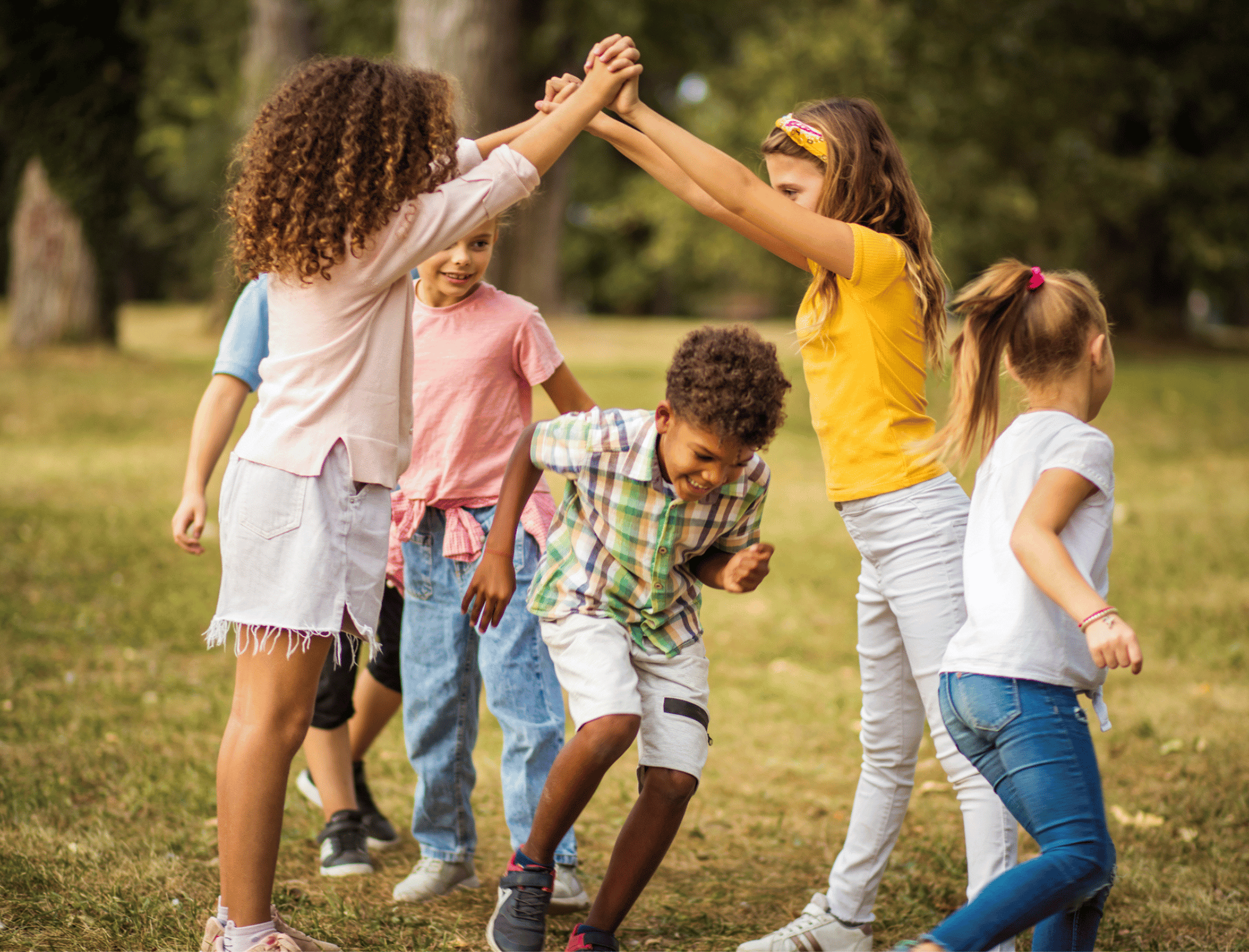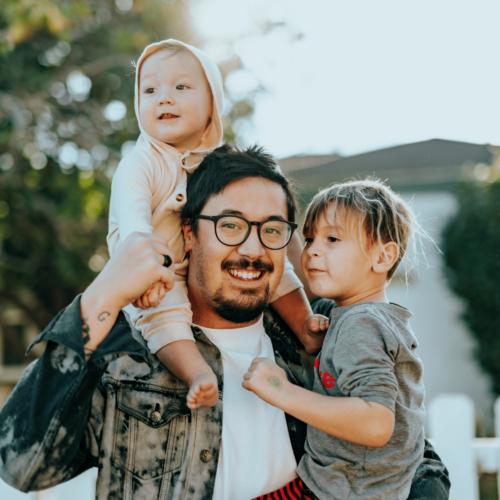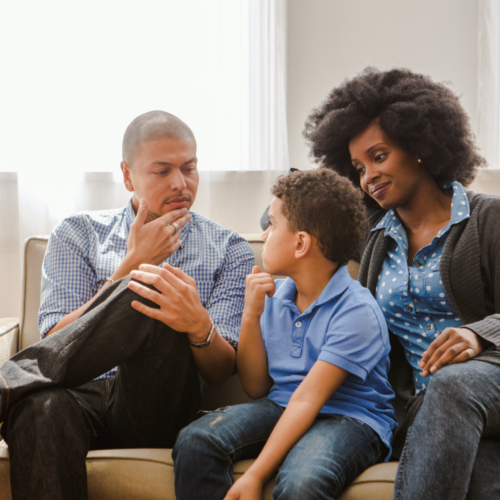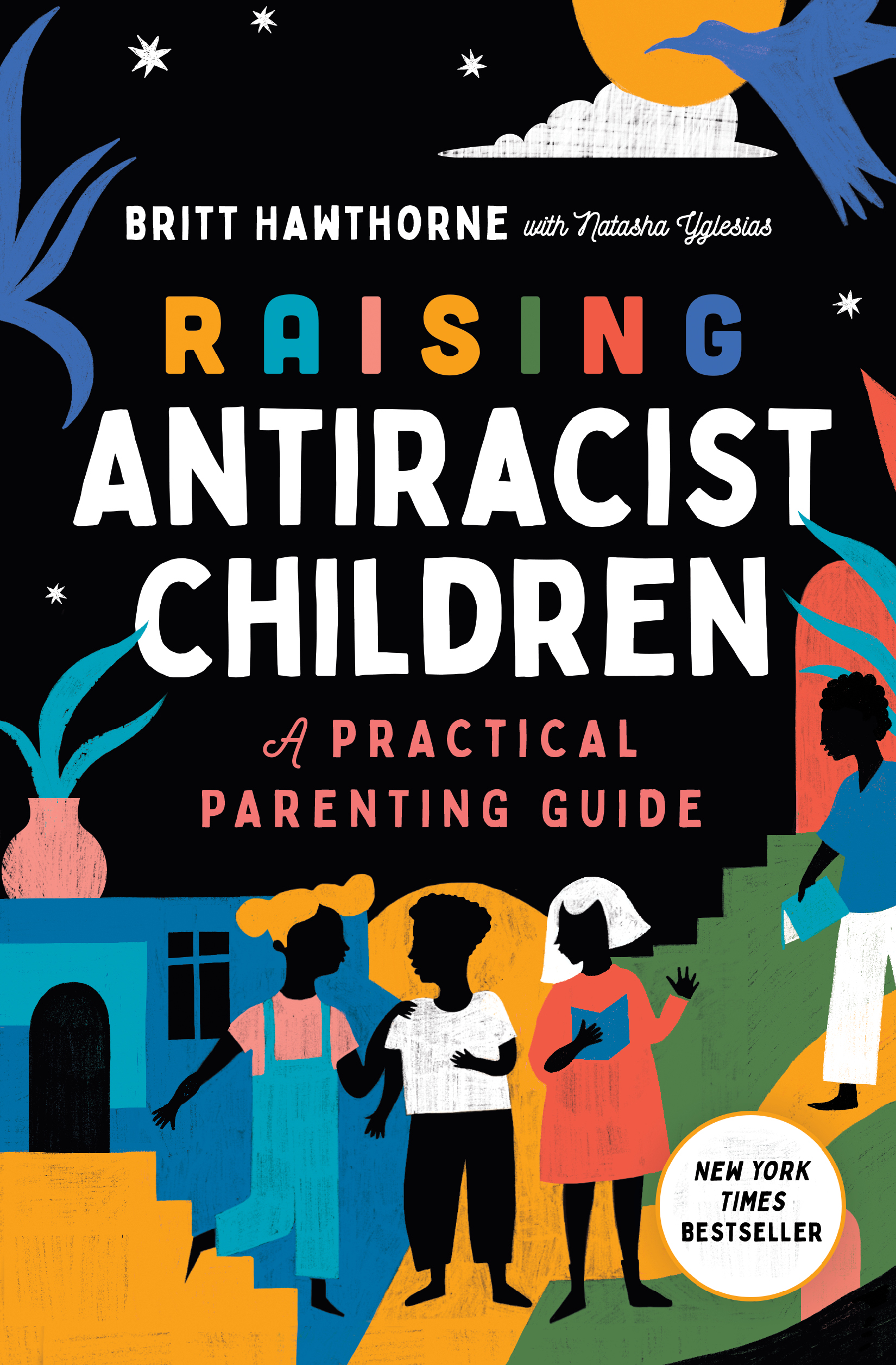What is ableism? And how can we discuss it with our children in productive ways? Ableism, the discrimination or prejudice against individuals with disabilities, pervades our society subtly and overtly. Believe it or not, it’s all around us. And as a non-disabled person, I didn’t start to notice how social structures can create barriers for individuals with disabilities until adulthood. But I don’t want my children to wait until adulthood to learn about ableism. I want my children to be aware of this issue—so we take time to notice, name it, and move to action. Keep reading if you’re interested in developing the skill set to notice, identify, and dismantle structural ableism as a family.
Understanding Disability
According to the CDC, 25% of adults in the United States, or 61 million people, have a disability that makes it difficult to participate in everyday activities. This includes disabilities that affect mobility, vision, hearing, cognition, and independent living. As people age, the risk of developing a mobility disability increases.About 40% of adults age 65 and older have a mobility disability.
As a parent, it is important that I help my children understand that disability can be visible, non-visible, or undiagnosed, that it happens on a spectrum, and that it can change over time. A disability could refer to a person’s physical, cognitive, intellectual, psychiatric, sensory, or emotional state.
People with disabilities experience discrimination on a macro and micro level. The macro level focuses on accessibility and inclusivity (lack of elevators, lack of accessible parking spots, or broken infrastructure). Whereas the micro level focuses on personal treatment, including the attitude, language, and verbal harassment (“crazy,” “stupid,” “dumb,” “slow”) a disabled person experiences. This blog post will focus on the former, but be on the lookout for a follow-up blog post focused on the latter. As we learn, we can hold each person in our family accountable.
What Is Ableism?
Ableism is discrimination that targets people with disabilities. It is based on the assumption that typical abilities are superior and that people with disabilities are inferior. Ableism can take many forms, including:
Stereotypes and Assumptions
People with disabilities are often stereotyped as helpless, dependent, or incapable. They may be considered less intelligent, less capable of work, or less worthy of respect.
Physical Barriers
Buildings, transportation, and other public spaces may not be accessible to people with disabilities. This can make it difficult for them to participate in everyday activities and access services.
Attitudes and Behaviors
People with disabilities may be treated differently than others and may be subjected to discrimination and harassment. They may also be denied opportunities because of their disability.
Ableism has a significant impact on people’s lives. It can limit their opportunities, restrict their access to services, and make it difficult for them to participate in society fully. It can also lead to feelings of isolation, shame, and depression. You can do many things to help mitigate this societal oppression.
How We Can Challenge Ableism Together
Keep in mind the following ways that we can challenge ableism, together:
Challenge Stereotypes and Assumptions
It is important to challenge stereotypes and assumptions about people with disabilities. We must recognize that people with disabilities are just as diverse as any other population group.
Make Public Spaces Accessible
Buildings, transportation, and other public spaces should be accessible to people with disabilities. This can be done by making buildings wheelchair-accessible, providing accessible transportation, and making sure that information is available in accessible formats.
Change Attitudes and Behaviors
People with disabilities should be treated with the same respect and dignity as anyone else. This means we check our assumptions, attitude, language, and entitlement. We do not ask strangers about their impairment or disability. We do not park in accessible parking spots, even if we’re going to be quick. We do not doubt a person’s disability, even when it’s a non-apparent disability. We need to challenge discrimination and harassment against people with disabilities.
Challenging ableism is an important step toward creating a more inclusive and accessible society. By working together, we can make sure that people with disabilities have the same opportunities as everyone else. Keep reading for ideas on how to discuss ableism with your children and how to dismantle ableism as a family.
Dive Deeper: Ableism In Everyday Activities
Affiliate Disclosure: I only recommend products I would use myself, and all opinions expressed here are my own. I am an affiliate of Bookshop.org and Amazon. I will earn a commission if you click through and purchase Bookshop.org or Amazon.
In the following passages, I delve deeper into structures in our society that uphold ableism in subtle and overt ways. While the examples are interwoven with my family’s anecdotal experience, I hope that you notice how ableism is pervasive in all parts of our society, often going unnoticed by able-bodied people going through their days.
My wish is to help you notice the injustices happening around you, and empower you to create lasting change in your community to help battle ableism in your settings.
Here’s how you can start to identify and challenge ableism with children:
1. In Our Neighborhood
As a family, we often walk to new parts of our neighborhood to walk our dog, Butter, or to get a cup of coffee. When I stumble upon a broken sidewalk, I pause, notice it, and share the impact with my children.
- “Look at this sidewalk. I wonder how this happened?”
- “While we can simply step over the crack, who might not be able to do so? Who might have to go into the street to get around?”
- “Sidewalks make neighborhoods safe. But what happens if we have to use the street? Who does that harm, and how?
- “Who can we tell? How can we advocate for change?”
My children have built the muscle to quickly identify the impacts of broken sidewalks, unmarked crosswalks, faulty crosswalk lights, and the lack of stopped-controlled intersections. If it’s a high-traffic area, we use our local 311 to call and report these dangers. This is only one example of using our non-disabled immunity to make our neighborhoods more accessible and safe.
Take a moment to think of other obstacles that able-bodied people don’t think twice about as they navigate daily life. In cities like Denver, Colorado, where Lime and Lyft scooters litter the sidewalk, often blocking pathways, how might that impact someone who uses a wheelchair? Keeping your eyes peeled for daily injustices such as these can help you to become more aware of ableism in everyday life, and inspire you to do something about it.
2. During Playtime
We love playing with Magnatiles and Legos in our home. Sometimes our children already know what they’d like to build, like the Spiderverse or a WWE arena. Other times we come up with an idea together. No matter what, I casually ask them questions to encourage their inclusivity skills:
- “Where could we put the ramps for people who use wheelchairs?”
- “Can I put the elevator here?”
- “Let’s make this hallway wide enough for everyone to move through it. Can it be this wide?”
- “Will we have a parking lot? How many accessible parking spaces should we build? Can we have golf carts to bring people to the door?”
- “Oh, we need a bathroom for service animals. What about over here?”
The more casual, the better. Soon your children will be building structures that are more inclusive and accessible.
I love incorporating a “people basket” with all kinds of people into playtime. We’re enjoying this set and this set of figurines. I throw them all in a basket and allow my children to use them as they wish.
3. At The Playground
When my son Cobe and I started homeschooling, we enjoyed exploring parks around the city. One day, we stumbled upon a community center offering various services, including an indoor basketball court, and outside playground. As we entered the gym, we noticed no one else was there, so Cobe began playing basketball. Shortly after, an employee approached us and inquired if we had any disabilities. I was puzzled; no one had ever asked me before. The employee informed us that the gym was reserved for disabled individuals, but we could use the inclusive playground outside. Cobe was disappointed, and I felt embarrassed. Maybe even a little excluded.
Quickly, I realized that my initial feelings of defensiveness and entitlement were the problem, not the multicenter. Instead, I concentrated on the situation as I gathered our things.
By having a conversation with Cobe, I helped myself unpack my privilege.
- “I wonder, how many gyms are designed for our abilities? And how many were made for people with disabilities.” I recalled how many indoor gyms we’ve tried as he thought about this.
- “Do you realize we’ve never had to call to ask if they have what we need to play and work? But some neighbors have to call to ask if they have ramps, accessible showers, benches, and equipment. What’s that called?”
On our way to the playground, we talked about our ableism and entitlement and how it contributes to the discrimination that disabled people face. We also discussed the importance of affinity spaces and why they should not be available to everyone.
Affinity spaces are places where people gather because of a shared interest, identity, or passion.
Affinity play spaces are crucial for children’s socialization, development, and learning. It’s important to have inclusive spaces available for all children and affinity spaces available for disabled children.
4. In The Media
Our children are constantly consuming some types of media. Whether on their phone, tablet, school laptop, or a good old fashion book, they’re receiving messages, but how accurate and honest are those messages?
My family and I often discuss a topic called “inspiration porn.” Stella Young, a disability rights activist, coined this term to describe a type of media portrayal of disabled people.
Inspiration porn is a commonly witnessed phenomenon on social media, where people with disabilities are portrayed as extraordinary individuals for accomplishing ordinary tasks. This portrayal fails to recognize their individuality, diversity, and the full range of their capabilities beyond their disability. Hence, it reduces individuals with disabilities to mere objects of inspiration for non-disabled people. The primary purpose of inspiration porn is to make non-disabled viewers feel uplifted and inspired, but it doesn’t consider the feelings and experiences of disabled individuals.If you’re curious, please watch Stella Young’s TED Talk from 2014 together as a family. It’s a great way to explore this topic further.
In my book, Raising Antiracist Children: A Practical Parenting Guide, I provide a checklist for identifying inspiration porn with children.
Working Together Against Ableism
Thank you for taking the time to understand ableism better to teach your children about it and fight against it to create a more inclusive world. I hope you leave this article with at least one piece of information you did not have before and a new perspective on approaching the subject with your children. Stay tuned for more content and resources around ableism coming up, including ableist language to avoid and their alternatives.
If you enjoyed this article, consider buying me a cup of coffee. I’m Britt, a Black bi-racial momma, author, and anti-bias facilitator, who provides free resources to families on subjects ranging from ableism to antiracism.





